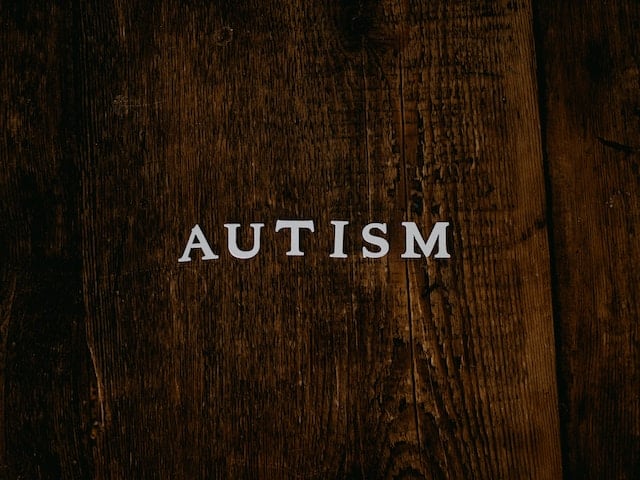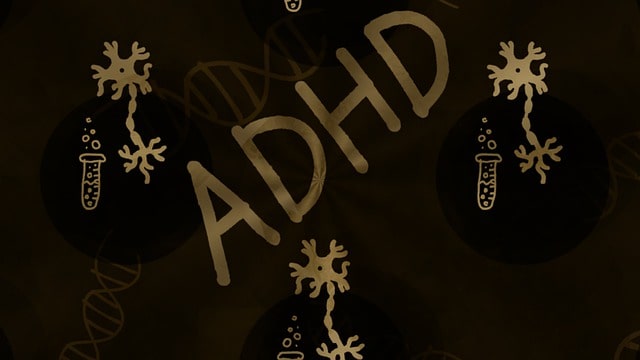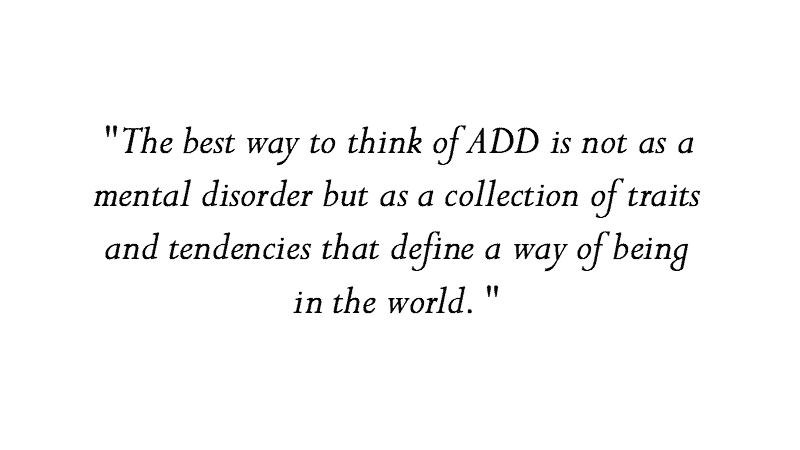The study focuses on two very common neurological disorders (Autism and ADHD), which we should know about. We can find their affectees anywhere in the world. In most cases, we are unaware of it, even if we are living with it. By the end of this study, you will not only be able to identify or differentiate them but also take preventive measures.
Embracing the Similarities
Both ADHD and ASD are neurodevelopment disorders, meaning they have some impact on brain development. Both the disorders and conditions have an effect on the central nervous system, which controls functions including movement, language, memory, and social and cognitive capacities.
When your child has autism or ADHD, it’s important to understand as much as you can about the disease, therapies, and services that are offered so you can choose the best ones for your child’s needs. Children may also need medical help in these areas because these disorders might be linked to health problems like eating or sleeping. Even though some parents may not be worried about their own children, they may know someone who is autistic or has ADHD.


The distinction between autism and ADHD is razor-thin. It’s easy to understand how autism and ADHD (attention deficit disorder) might be misunderstood. The symptoms of these illnesses are quite similar. Hyperactivity, inattention, and social contact can all be found in both. A youngster with autism or ADHD may be impulsive, or they may struggle to share and take turns in games. Some people have autism as well as ADHD.
Autism spectrum disorder (ASD)
ASD is a developmental disability brought on by different brain chemistry. Patients with ASD usually struggle with limited or repeated routines or hobbies, as well as social involvement and communication. They also behave, pay attention, and learn in unique ways. It is important to keep in mind that some people, including those without ASD, may have some of these symptoms.
However, these characteristics could make life very challenging for those with ASD. March 2023, according to the National Autism Indicators Report Between 2008 and 2016, the number of autistic people registered in Medicaid nearly quadrupled to approximately 600,000, with about 70% of them being children.
Common symptoms of Autism
- Does not maintain eye contact
- Rejecting cuddles
- Not responding
- Over or Under sensitivity to sounds, light, touch or taste
- Sleep problem
- Learning delays
- Hysterics
- Depression
- Speech trouble
- Difficulty in social situations
Autistic people are individuals. We are not all maths geniuses, we don’t all like trains. I am hopeless with technology and much prefer painting. There is no ‘typical Autistic.’ But I think we probably all like being respected and validated.
– Jeanette Purkis
Attention-deficit/hyperactivity disorder (ADHD)
is characterized by a persistent pattern of inattention and/or hyperactivity/impulsivity that interferes with functioning or growth. It is difficult for the person to plan or complete a task, pay attention to details, or follow directions or dialogues. The individual is easily sidetracked or forgets routine things.
The individual fidgets and speaks a lot. It is challenging to remain still for a lengthy amount of time (for example, during a meal or while completing schoolwork). Younger kids could constantly run, jump, or climb. The person battles with impulsivity and is restless. Impulsive people may constantly interrupt others, take things from others, or speak at inconvenient times. The person finds it challenging to follow directions or wait their turn.
According to a national survey of parents, the anticipated number of children aged 3–17 who have ever been diagnosed with ADHD is 6 million (9.8%), using data from 2016 to 2019.

Common symptoms of ADHD
- A lot of daydreaming
- Frequently forget or misplace things
- Wriggle or fidget
- Speak excessively
- Make thoughtless mistakes or take needless risks
- Struggle to resist temptation
- Struggle to take turns
- Struggle to get along with people
Causes of ASD and ADHD
Scientists are investigating the cause(s) and risk factors in order to identify better ways to manage and lessen the likelihood of a person having both ADHD and Autism. Genetics, according to current studies, plays a crucial impact. In addition to genetics, scientists are looking at other probable causes and risk factors, such as brain damage, exposure to environmental dangers (e.g., lead) during pregnancy or at a young age, alcohol, and cigarette use during pregnancy, premature birth, and low birth weight.
Helping children with Cerebral Palsy
Understanding the Differences
Children with autism and ADHD act in somewhat different ways. See their attention span, A youngster with autism may struggle to focus on an activity that does not interest them. However, if they discover anything attractive, they will be absorbed for hours on end.
Their communication is also a big hint, A youngster with autism may struggle to convey their feelings and may not use typical conversational signs such as gestures or eye contact while a youngster with ADHD may talk nonstop, always interrupting and failing to see how their words influence others.
Their response is completely different when it comes to routines, a youngster with autism may prefer structure, feeling safer when their day is guided by a known pattern whereas a youngster with ADHD, in general, dislikes regularity! In organized situations such as school, they are considerably more prone to feel bored, which can lead to impulsive behavior.

Therapies for ASD and ADHD
Depending on how severe the illness is and how much its symptoms interfere with everyday life, the therapies for ADHD and Autism may vary. Early detection in both situations can help kids and their families manage the illness. Consult your doctor or pediatrician right away if you have concerns that your child has ADHD or Autism.
Both Behavioral Therapy and medication can help with these two disorders. For those with autism, further therapy may be suggested, such as counseling, educational support, speech therapy, and occupational therapy. Your child may manage both with the aid of behavioral therapy, medication, and a healthy lifestyle.
Parenting done the right way is the key. Motivate your child, give them proper attention, or deal with them with care. Developing healthy eating habits, such as choosing lean protein sources and eating enough fruits, vegetables, and whole grains; engaging in age-appropriate frequent physical exercise; and limiting one’s everyday exposure to screens from TVs, laptops, phones, and other gadgets sleeping the recommended number of hours every night for your age
Autism can’t define me. I define autism.
– Kerry Magro

Alot of knowledge
Easy to understand
Keep it up 👍
Pingback: Is It ADHD? Identifying Potential Symptoms in Your Child - Healthy Child
Pingback: ADHD Burnout vs. Autistic Burnout – Symptoms and Cycle
Pingback: Self Preening – Why Self Grooming / Preening is Important